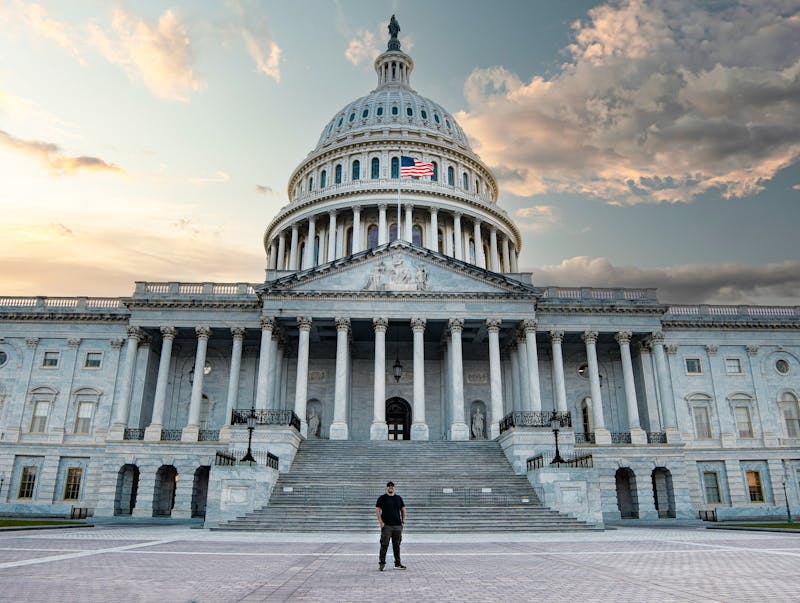On July 1, 2025, the Trump administration abruptly paused the disbursement of $6.8 billion in federal funds designated for K-12 education programs nationwide, a move that has triggered alarm and uncertainty among school districts, educators, and policymakers. This funding freeze affects critical programs that support millions of students, particularly those from underserved communities, and threatens to disrupt the upcoming school year’s planning and services.
What the $6.8 Billion Was For
The withheld funds come from five key federal grant programs that collectively represent over 10% of federal K-12 education spending in 33 states. These programs include:
- Title I-C Migrant Education ($375 million):Supports educational services for children of migrant workers, helping ensure continuity and quality of education despite frequent relocations.
- Title II-A Professional Development ($2.2 billion): Provides funding for teacher training and staff development to improve instructional quality.
- Title III-A English Language Learners ($890 million): Offers resources for students learning English as a second language to help them achieve academic proficiency.
- Title IV-A Academic Enrichment ($1.3 billion):Funds a wide range of enrichment activities, including STEM education, arts, and safe and healthy school initiatives.
- Title IV-B Before- and After-School Programs ($1.4 billion): Supports after-school and summer programs that provide academic support, enrichment, and supervision for students outside regular school hours.
These programs are vital for addressing educational inequities by providing targeted support to low-income students, English learners, migrant children, and those requiring additional academic enrichment or safe environments beyond the school day.
The Administration’s Justification and Legal Controversy
The Department of Education notified states with a terse email stating that, due to the change in administration, the funding was under review and would not be released until further notice. The stated reason was to ensure that taxpayer resources align with the President’s priorities and statutory responsibilities.
However, this action contradicts federal law, which mandates that Congress—not the president—controls federal spending. The Impoundment Control Act of 1974 requires the president to spend funds already appropriated by Congress unless Congress approves withholding. The Trump administration’s top budget official has questioned the constitutionality of this law, adding to the legal controversy.
Immediate Impact on Schools and Communities
The timing of the freeze is particularly damaging. July 1 is the standard date when federal education funds are distributed, enabling schools to finalize budgets, hire staff, and plan programs for the upcoming academic year. With these funds withheld:
- School districts face budget shortfalls that may force cuts to essential services, including mandated programs for migrant and English language learners.
- Summer and after-school programs are jeopardized, disrupting academic enrichment and safe spaces for students, especially those from vulnerable populations.
- Teacher professional development programs risk cancellation or scaling back, potentially affecting instructional quality and student outcomes.
- States with large shares of English learners, low-income, and migrant students are hit hardest, with some states like Vermont and D.C. potentially losing up to 20% of their federal K-12 funding if the freeze continues.
For example, the Los Angeles Unified School District, the nation’s second largest, stands to lose $82 million, while Miami-Dade and Broward counties in Florida face combined losses exceeding $57 million. These cuts could translate into fewer teachers, reduced support services, and diminished educational opportunities for hundreds of thousands of students.
Political and Legal Reactions
The freeze has sparked bipartisan criticism. Democratic lawmakers have accused the administration of violating federal law and called for immediate release of the funds. Republican leaders, including Senator Susan Collins and Representative Tim Walberg, have also urged the administration to distribute the funds promptly, emphasizing that Congress appropriated the money and that schools depend on it.
Some states and education advocates are considering legal action to compel the administration to release the funds, citing the constitutional authority of Congress over federal spending and the potential harm to students.
Broader Implications
This funding freeze highlights the vulnerability of public education to political shifts and executive actions. The withheld funds are not discretionary spending but are critical investments in equity and quality education for millions of children. Delays or cuts undermine efforts to close achievement gaps and support diverse learners.
Moreover, the freeze disrupts long-term planning for schools and districts, forcing them to scramble for alternative funding or make difficult decisions about program cuts just weeks before the school year begins.
The Trump administration’s decision to withhold $6.8 billion in federal K-12 education funding threatens to destabilize crucial educational programs that serve millions of students, especially those most in need. These funds support migrant education, English learners, teacher development, academic enrichment, and before- and after-school programs—services essential for equitable and effective education.
As states and districts grapple with the fallout, the freeze raises urgent questions about the balance of power in federal spending and the consequences of politicizing education funding. The coming weeks will be critical in determining whether these funds are restored and how schools will navigate this unprecedented challenge.







